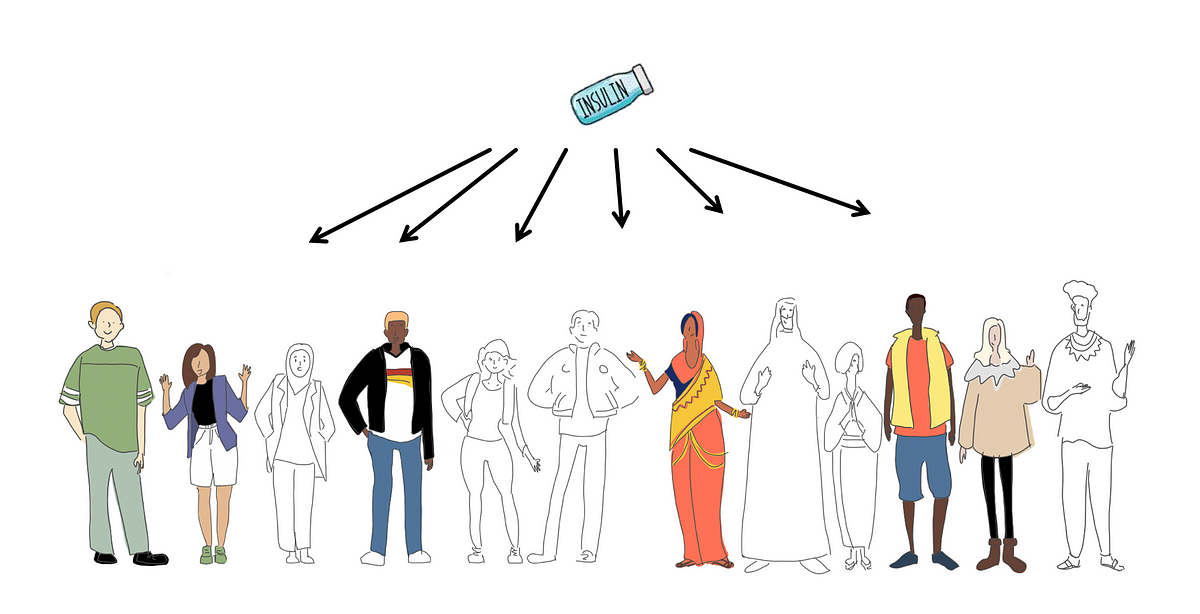The Minnesota state fair almost killed Jamie Marshall at age 14. After sampling countless fried foods on a stick, he couldn’t walk. “My friends gave me a hard time,” he says, “but I was probably close to dying.” Within days, he was diagnosed with type 1 diabetes.
Now 28, Marshall lives in Minneapolis, Minnesota. As he recalls that day at the fair, fear and trauma envelope his face. Unfortunately for Marshall and the nearly 1.6 million Americans with type 1 diabetes, a cure remains elusive. But hybrid closed-loop automated insulin delivery (HCL-AID) systems first hit the market in 2017, using algorithms to put the user’s continuous glucose monitor (CGM) in conversation with their insulin pump. They’re imperfect replicas of a healthy pancreas, but marketing teams still frequently call them “artificial pancreas” systems, which leaves a bitter taste in the mouths of many folks with type 1 diabetes, including Marshall. Plus, new technology often issues a learning curve.
For Audrey Leydon, 64, of Highlands Ranch, Colorado, keeping up with the latest tech since her type 1 diagnosis over 40 years ago has been no small task. When she started an HCL-AID system, she stayed on manual mode. “Then, I grew to appreciate what it does for me. It does have bells and whistles that go off all the time, but to me, it’s pretty remarkable.” Still, Leydon says she will always want some element of control over the device, as she trusts herself more. “After all, we humans are pretty spectacular pieces of work.”
“After all, we humans are pretty spectacular pieces of work.”
#science #diabetes #algorithms #research #health #data-science
